By Afshin Majlesi
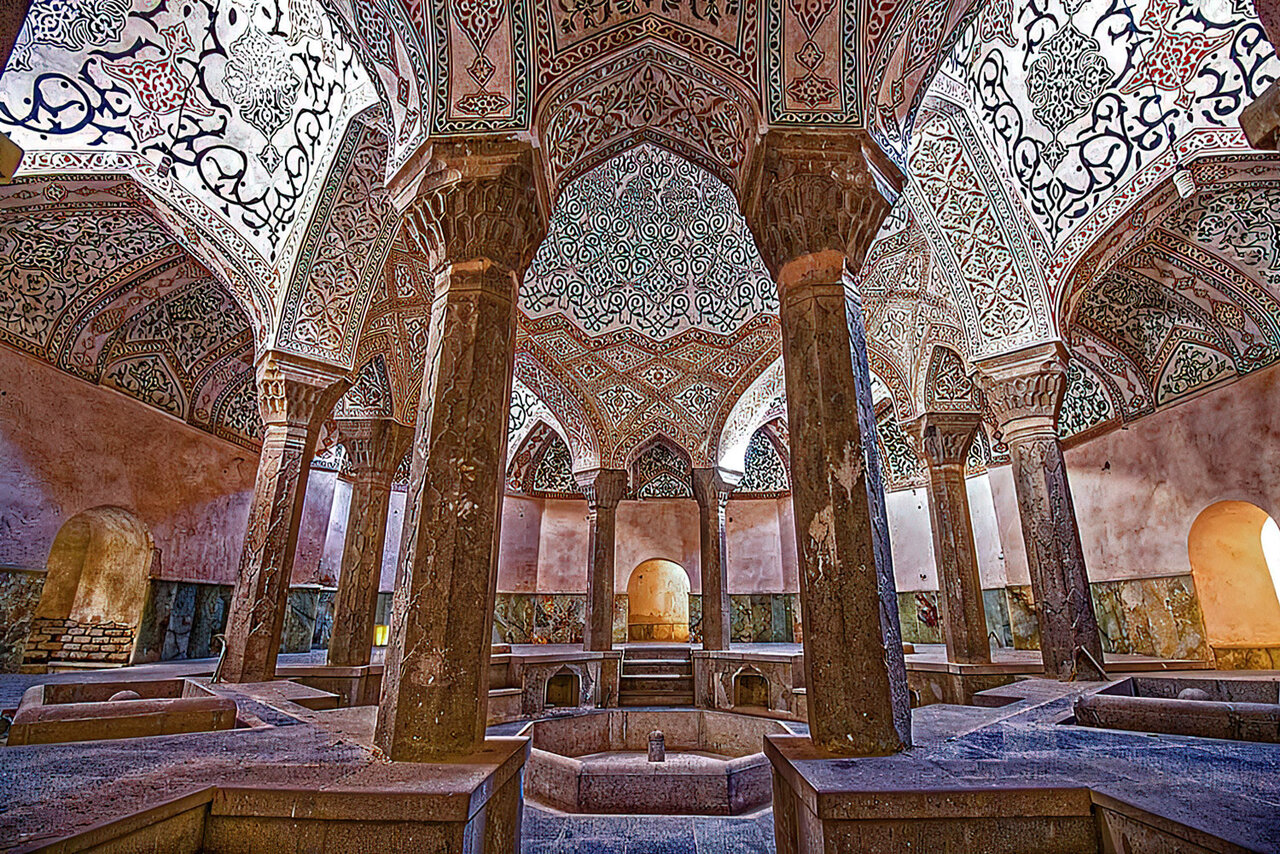
JOLFA – Nestled in the tranquil landscapes of Iran’s East Azarbaijan province, the village of Kordasht serves as a living monument to history. It resonates with the courage of Iranian soldiers who defended their homeland against Tsarist Russian invasions over the decades.
A mere 70 kilometers from the vibrant town of Jolfa, on the southern banks of the Aras River, lies a historical treasure; a blend of strategic military heritage and architectural marvels.
This is the story of a ruined fortress used by the troops of Abbas Mirza, the Qajar crown prince of Iran during the reign of his father Fath-Ali Shah Qajar (r. 1797–1834), and the neighboring attractions such as the Kordasht Bathhouse.
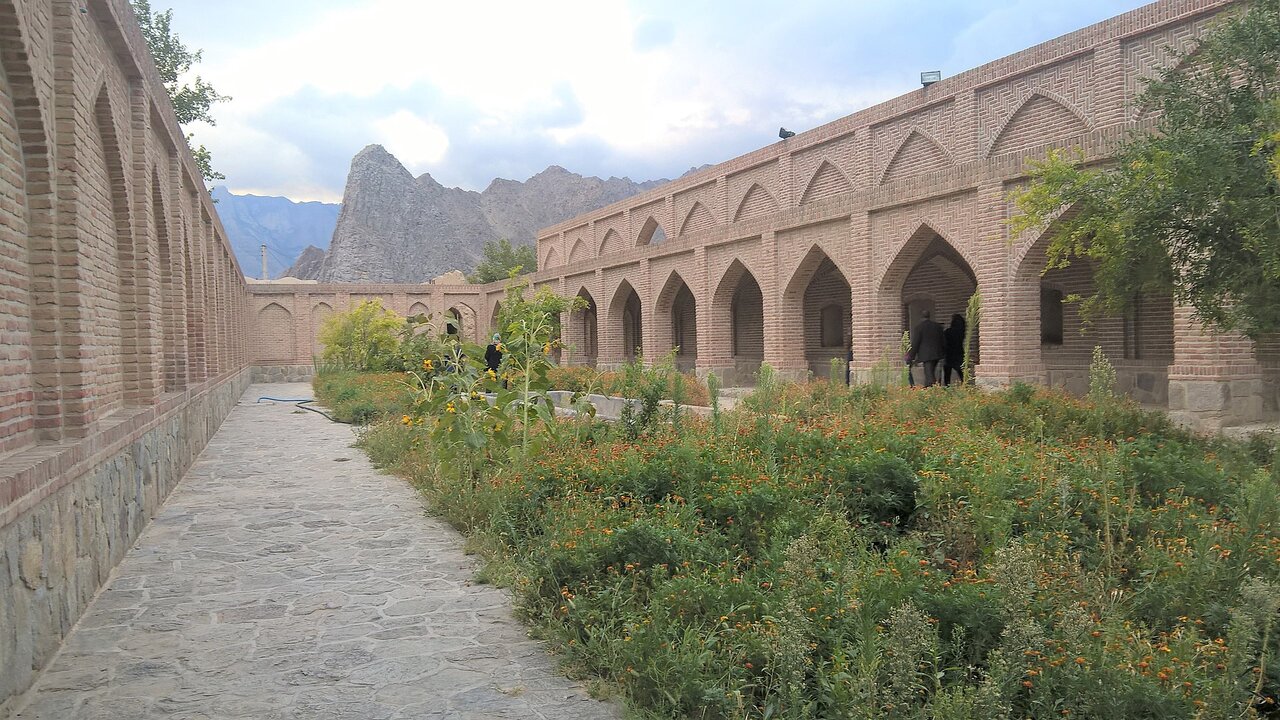
Perched atop a rocky hill about 650 meters above sea level, the fortress offers an unparalleled view of the Aras River and the Armenian border. The stronghold served as the pivotal base for Abbas Mirza during the turbulent Russo-Persian Wars of the 19th century.
The fortress’s robust stone and brick walls once bristled with six imposing watchtowers, which, even in their worn state nowadays, still radiate a sense of resilience.
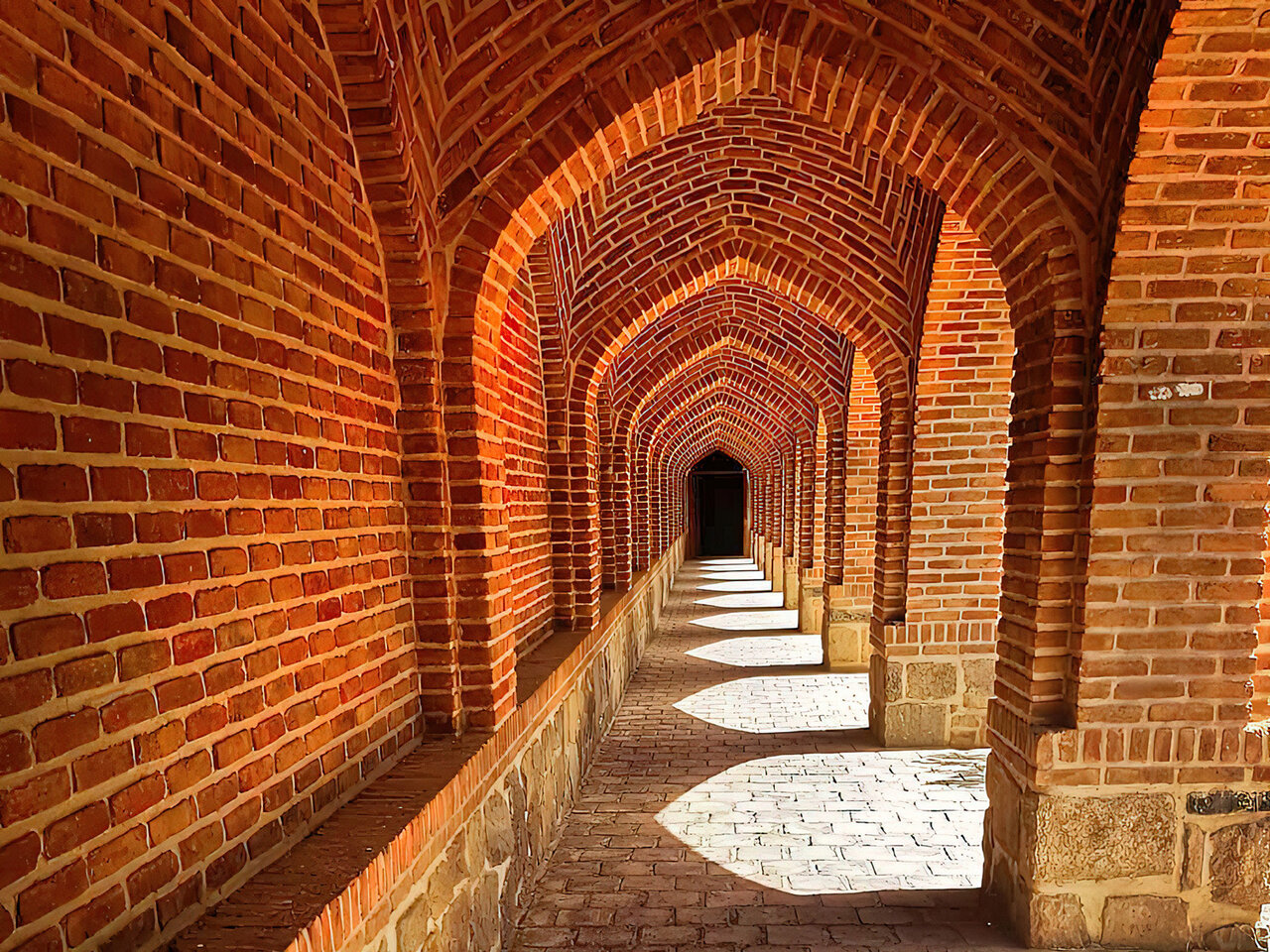
Standing here, you can almost hear the echoes of soldiers on guard, protecting the realm against the invading forces.
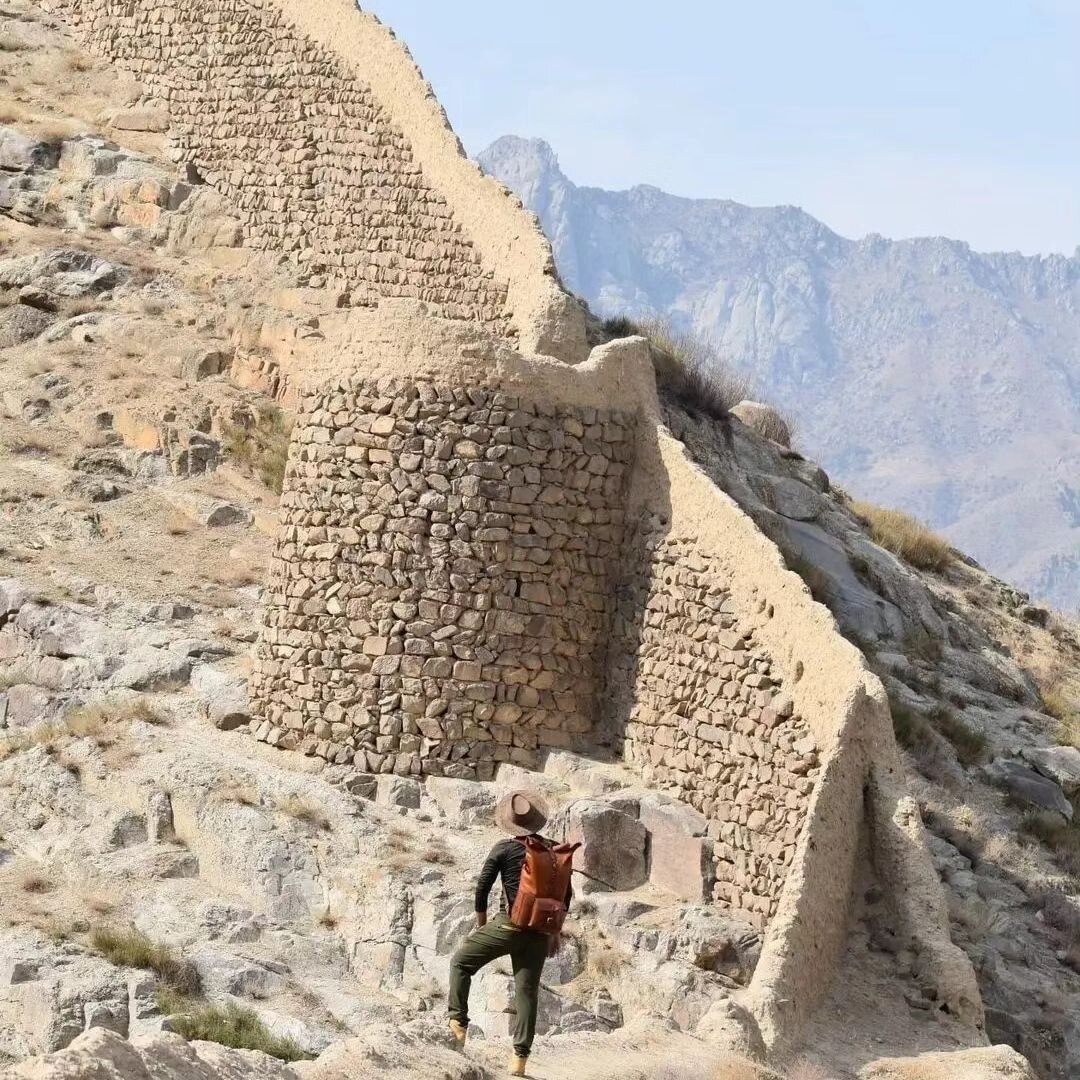
The fortress, however, despite its brave defenders, succumbed to Russian troops during the tumultuous events that led to the Treaty of Turkmenchay, an agreement signed in 1828 that ended the Russo-Persian War (1826–1828).
Although time and conflict have taken their toll, remnants of its lavishness remain, offering adventurers a glimpse into its storied past.
Just a stone’s throw from the fortress lies the Kordasht Bathhouse, a striking example of Persian ingenuity and luxury. Originally constructed during the Safavid era under Shah Abbas I, this bathhouse was initially reserved for royalty, earning the nickname “the royal bath.”
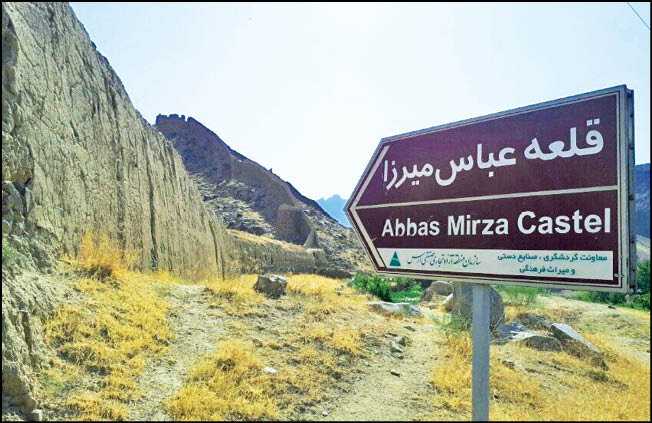
Over time, under Qajar rule, its doors opened to the public, but the bathhouse eventually fell into disuse before being rescued by cultural heritage initiatives in recent decades.
The bathhouse is a masterpiece of Iranian-Islamic architecture. It welcomes visitors through a series of gracefully descending stairs, leading to an octagonal dressing hall known as Rakhtkan or Sarbineh. The dome above, supported by intricately carved octagonal columns, boasts breathtaking stucco work illuminated by shafts of natural light from marble-covered skylights. This clever design not only provided uniform lighting but also maintained privacy which is a hallmark of Persian bathhouses.
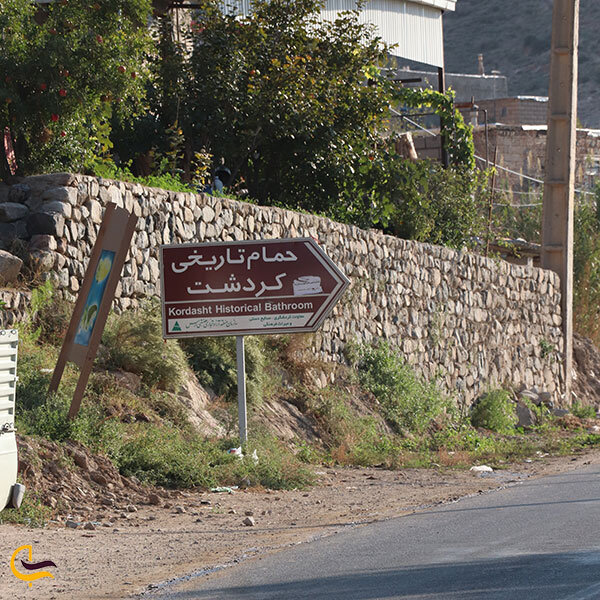
The Khazineh (hot room) is another marvel. Its four-columned space features ingenious heating systems and decorative flourishes that speak of a bygone era’s attention to detail. The bathhouse’s layout seamlessly integrates functionality with aesthetic elegance, with every corner; from triangular pools to ornate stone footrests, all are crafted for both utility and beauty.
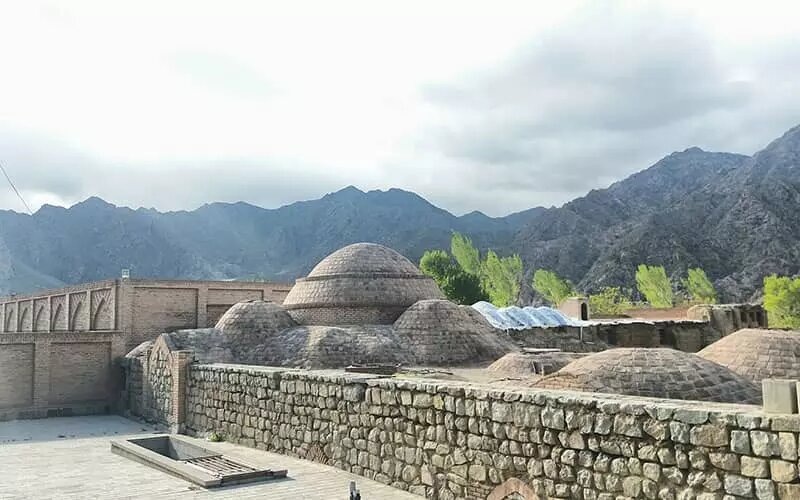
The charm of Kordasht extends beyond its historical structures. Encircled by verdant gardens and the flowing waters of the Aras, this village is a haven for nature lovers as well.
The fortress and bathhouse are part of a larger complex that includes a smaller bathhouse, the Diwan Khaneh (reception hall), the Yakhchal (traditional ice house), and the crazy Qarib Mosque. Each structure offers its own unique window into the bygone age.
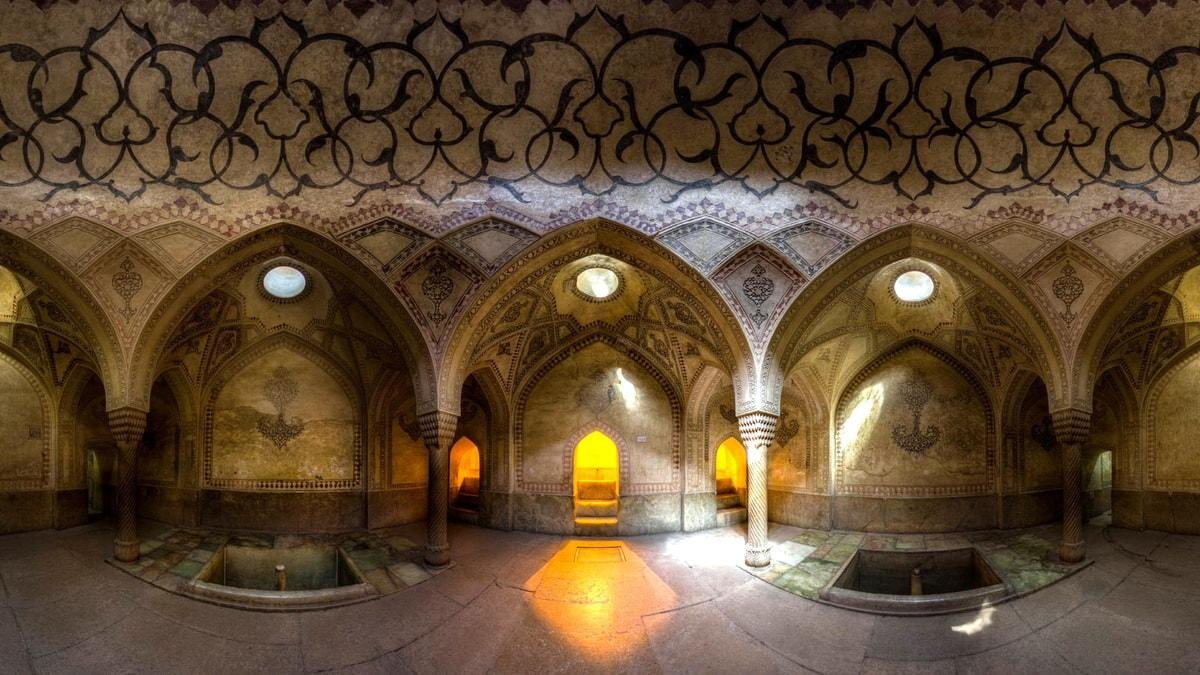
All and all, Kordasht is not just a destination; it’s a journey through time. Whether you’re a history enthusiast tracing the steps of Abbas Mirza or a traveler captivated by the intricate art of Persian architecture, this village offers a story that stays long after you leave.

No comments:
Post a Comment